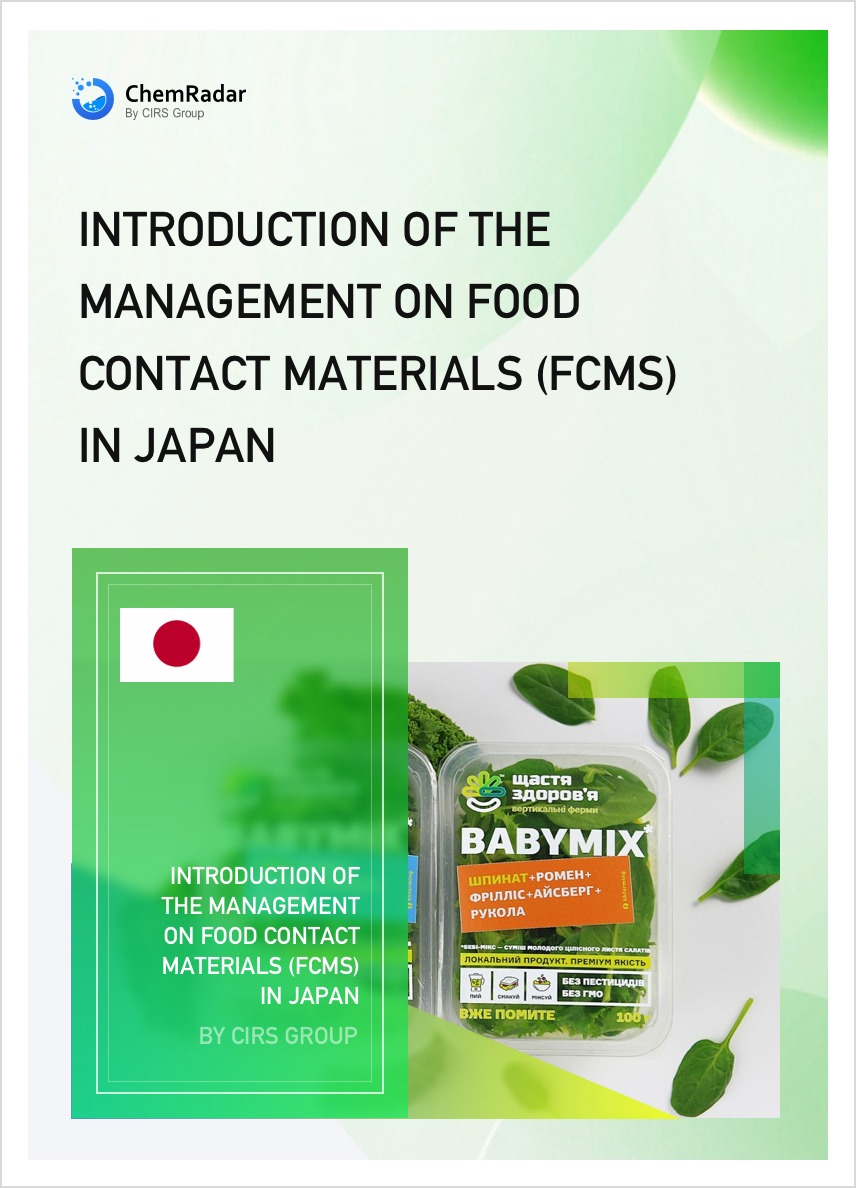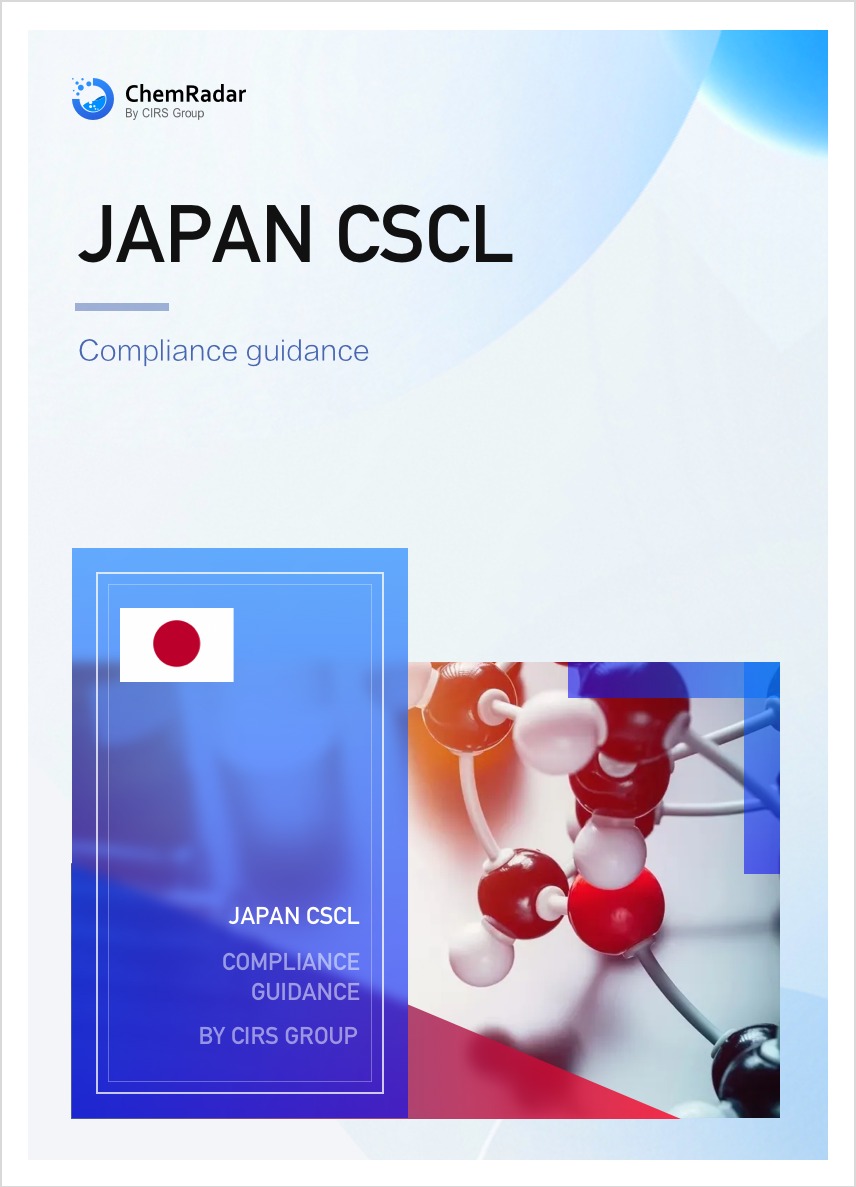The Ministry of Economy, Trade and Industry (METI) of Japan announced a major innovation to its chemical substance risk assessment system. Effective January 2025, METI will formally introduce the Weight of Evidence (WoE) method for assessing the biodegradability of chemical substances under the Chemical Substances Control Law (CSCL). This approach enables the systematic, comprehensive evaluation of information from multiple sources, significantly enhancing the scientific rigor and efficiency of assessments. To facilitate the application of this method, METI published the first list of substances for which it actively seeks public information on June 9, 2025.
Moving Beyond Single-Test Approach: Building an Integrated Assessment Framework
Traditional CSCL biodegradability assessments relied primarily on data obtained through standard test methods. The core of this reform is that METI will now broadly adopt diverse types of information related to degradability, including but not limited to:
- Existing biodegradability test data
- Known degradability knowledge of structurally similar substances (analogues)
- (Q)SAR prediction results based on computational models
WoE Assessment Process
- Quality Assessment: All collected information undergoes rigorous scrutiny to evaluate its reliability, relevance, and plausibility.
- Information Integration: Information is comprehensively analyzed for consistency, the overall strength of the evidence, and any existing uncertainties. This culminates in a consolidated scientific conclusion regarding the target substance's biodegradability.
Company Data Becomes a Core Assessment Resource
This reform achieves significant breakthroughs:
- Hazard report data submitted by companies as required by regulation, after quality review, will be directly utilized in official government assessments.
- Both general chemical substances and Priority Assessment Chemical Substances (including those whose designation has been revoked) are included in the assessment scope.
- Assessment results will undergo open deliberation and serve as a core basis for screening chemical risks in the market.
Three Steps to Submit Company Data
- Check the List: Access the list of substances for which information is requested on the official website:https://www.meti.go.jp/policy/chemical_management/kasinhou/information/woe_biodegradation.html
- Complete the Form: Submit data through the statutory hazard reporting process using the standard format template.
- Include Identifiers: For Priority Assessment Substances, include the sequence number and CAS registry number. When providing data on similar substances, clearly label both the similar substance and the associated target substance with their identifiers.
All submitted data will be centrally managed by the independent organization, the National Institute of Technology and Evaluation (NITE). The government guarantees that this information will be used solely for chemical substance risk assessment and will not be utilized for any other policy areas.
Further Information


